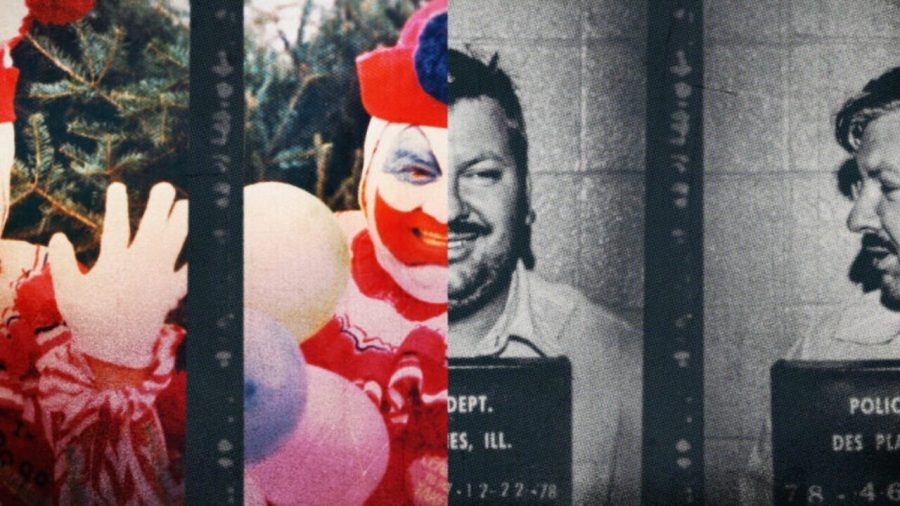‘Conversations with a Killer: The John Wayne Gacy Tapes’ emphasizes emotional effects of tragedy
April 25, 2022
“Conversations with a Killer: The John Wayne Gacy Tapes” hit Netflix this past Wednesday. The chilling docuseries, directed by Joe Berlinger of the “The Ted Bundy Tapes,” chronicles the story of American serial killer John Wayne Gacy alongside real audio of the convicted killer’s explanations, lies and confessions.
Interlacing a variety of law personnel interviews with recordings of the infamous killer, the docuseries spans several years. Visually conveyed through an endlessly winding film strip, the docuseries bounces from Gacy’s past to his reign of terror. While the film strip visuals help convey the placement of events, the constant back-and-forth muddles the clarity of the narrative at times.
The tone of the docuseries is consistently unsettling and engaging. Eerie motion photographs of the interior of Gacy’s house play underneath a chilling narration of the horrid events that occurred there. As investigators uncover the mass grave beneath Gacy’s home, firsthand accounts and harrowing photographs emphasize the emotional weight of the discovery.
While the narrative mainly focuses on the extent of Gacy’s crimes, the abduction and investigation into Robert Piest’s disappearance in 1978 garners a reasonable amount of runtime. Piest’s vanishing was one of the first incidents that could be directly linked to Gacy, eventually leading investigators down a path of unspeakable horror. As the details of Gacy’s life and crime spree are laid out, the filmmakers make sure to return to the whereabouts of Piest throughout the film. As the documentary and Gacy’s reign of terror come to an end, the filmmakers resume attention to providing a conclusion to Piest’s case and highlighting candid accounts of what Piest meant to people.
What’s most effective about the docuseries is its dedication to honoring the victims of the tragedy and criticizing Gacy’s continued manipulation during the so-called tapes. Messages from family and friends combined with family photos emphasize an air of sorrow and heartbreak to an otherwise tense crime investigation. Before the credits roll, each victim’s childhood photo is shown right after Gacy’s tape recordings are abruptly shut off on frame. The killer’s antics are halted, and the spotlight focuses on the legacy of the lives he abruptly ended.
3.5/5



